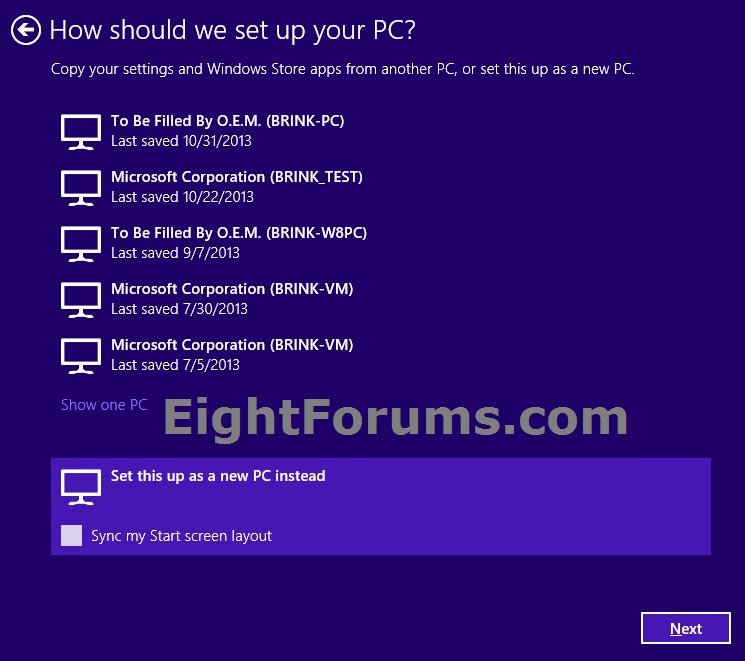

You could also remove files from the OneDrive folder on a local system, but they would not be removed from the Cloud file entry until all synchronized systems have had the files removed (unless they are all accessing the Cloud system by being on and actively connected simultaneously – which is a less likely and uncommon scenario.) Note the presence of LON-CL1 and LON-CL2 listed under PCs in the above screenshot. This will, however, provide you with a central location to identify and manage the entirety of your synchronized files. This will not remove files from the systems through which you have been managing synchronization with OneDrive, until you reconnect using your Microsoft account. Once you have accessed the site, you can review and manage file storage and remove files through the Files link in the left navigation panel. Navigate to OneDrive Live and select the SignIn option at the top right of the site. The best method to manage OneDrive space and synchronized systems is via the web/cloud interface. Given that Microsoft intends to decrease or delete file storage during early 2016, now might be a great time to review your storage content in OneDrive, and to delete any systems for which you do not need the synchronized storage space (or for which you have identified an alternate personal or enterprise solution – like Work Folders.) Nevertheless, synchronizing multiple systems raises the probability of exceeding allowed storage capacities.

Unlike iTunes™ and some other free synchronization services that control access through the count of actively synchronized systems, Microsoft’s model appears to be based upon storage space used and the nature of the content stored within the space provided or acquired. OneDrive users need to more carefully plan their use of OneDrive, beyond the synchronization warnings I issued in a previous blog. Microsoft’s goal appears to be migration toward Office365 storage, while using OneDrive for lesser, temporary or occasional file transfer conditions.įor instructor-led Microsoft training, see our complete course schedule. Microsoft announced a reduction in OneDrive storage space offerings for both free and paid plans in November 2015.


 0 kommentar(er)
0 kommentar(er)
